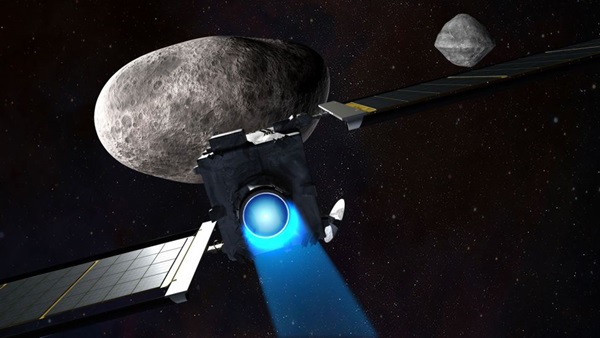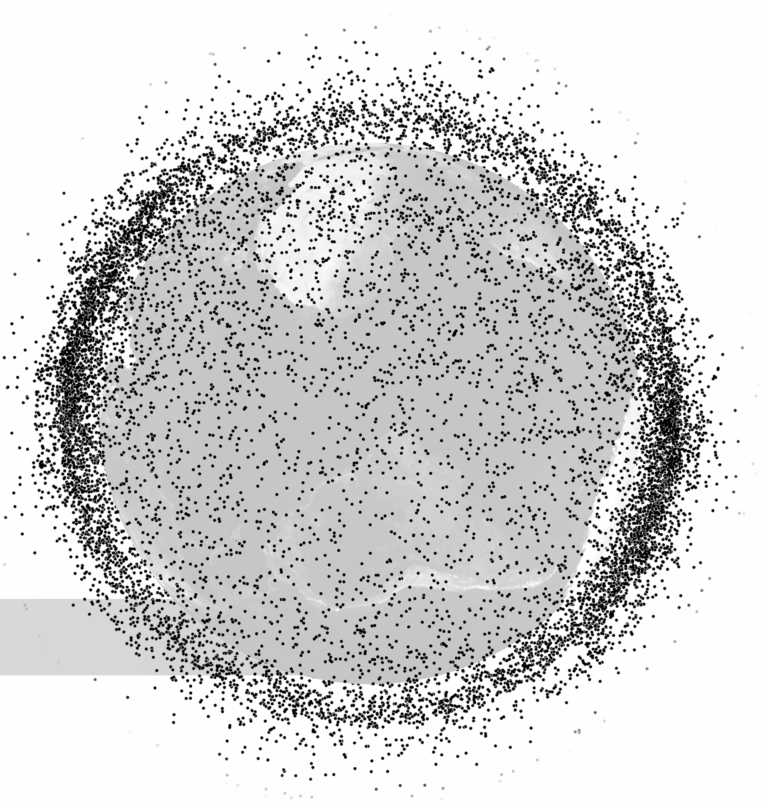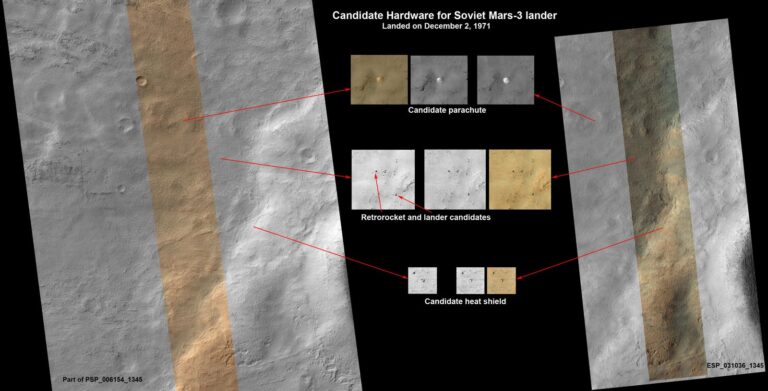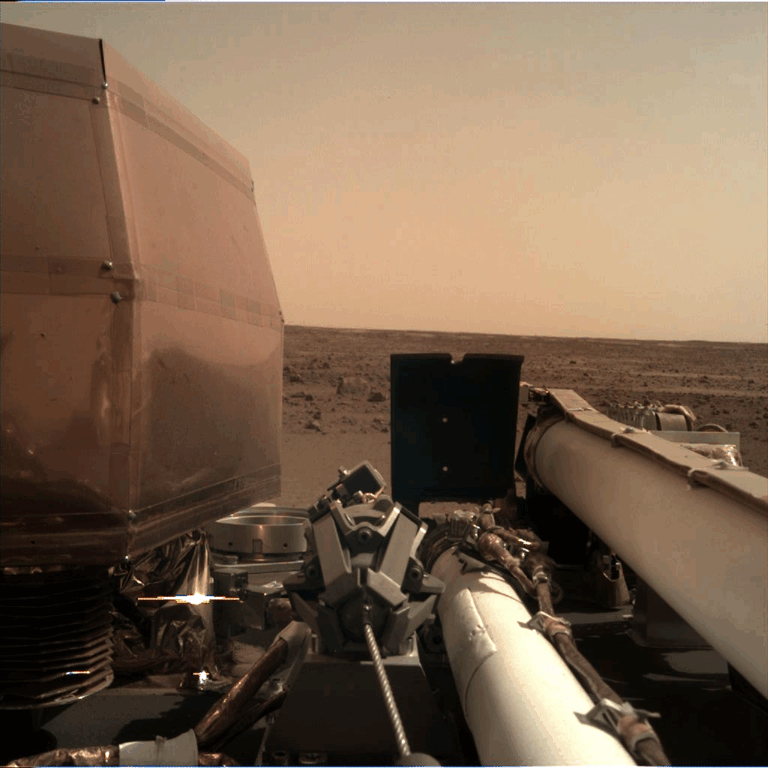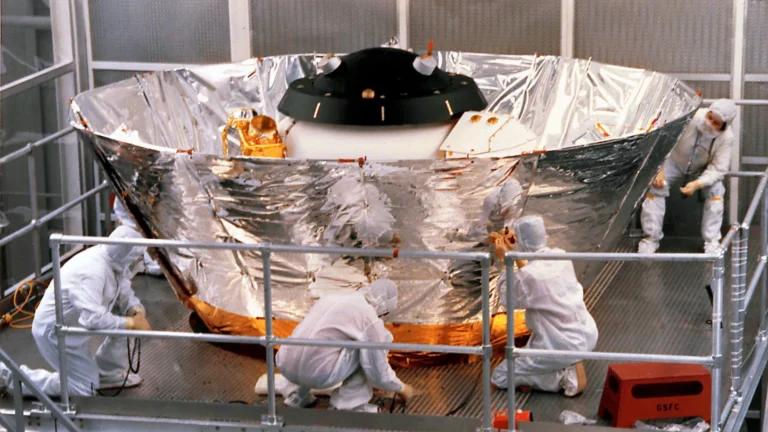Key Takeaways:
Move over, Bruce Willis. Your asteroid-deflecting services — dramatically portrayed in Armageddon — are no longer needed. At least, we hope so.
NASA’s Double Asteroid Redirection Test, or DART, spacecraft is set to impact the tiny asteroid Dimorphos on Monday (Sept. 26) at 7:14 P.M. EDT.
This has never been done before, and the results of DART will help humans learn how to prevent asteroids from slamming into the Earth, potentially causing local, regional, or even global devastation.
Such asteroid impacts are low-probability but high-risk events. Current estimates suggest that “while no known asteroid larger than 140 meters [460 feet] in size has a significant chance to hit Earth for the next 100 years, only about 40 percent of those asteroids have been found as of October 2021,” according to the Applied Physics Laboratory at Johns Hopkins University, which is managing the DART mission.
DART targets Dimorphos
The DART mission is meant to prove out a technique in the field of “planetary defense.”
Using algorithms previously used for military missile targeting, DART will impact Dimorphos, which is an orbiting moonlet of the larger asteroid Didymos. (Neither present a threat to Earth.) Dimorphos is about 525 feet (160 m) in diameter, while its parent asteroid is almost a half-mile (0.8 kilometers) wide. The moonlet Dimorphos orbits Didymos every 12 hours.
The plan is that the impact of the 1260-pound (570 kg) probe will cut Dimorphos’ orbital time around Didymos by a few minutes, thus demonstrating that humanity can affect the orbit of a body in space. DART will slam into Dimorphos at a speed of just under 4 miles per second, or 14,400 mph (23,200 km/h).
Last week, an Italian-designed CubeSat called Light Italian CubeSat for Imaging Asteroids (LICIACube) was deployed to monitor the impact with imagery of DART’s planned impact site, which might feature a possible crater, ejecta plumes, and more.
The orbital changes that the impact will induce in Dimorphos may take months to discern. And a complete analysis will take years. In fact, the European Space Agency will launch Hera in 2024 to further investigate the long-term effects of the DART impact.
In addition to its, ahem, ground-breaking primary objective, DART is also demonstrating the use of a xenon-powered ion propulsion engine. And DART is small — its core is basically a cube 4 feet on an end, apart from its innovative roll-out solar arrays.
While the craft isn’t large, the engineering and science teams for the mission are, with personnel involved from around the world. One member of the effort, Northern Arizona University’s Cristina Thomas, who heads the observation working group, says, simply, “We’re all very excited.”
Video footage of DART impact
Bruce Willis had a ring-side seat to his Hollywood effort to keep an asteroid from devastating Earth. And DART-followers will get the next best thing by watching mission coverage on NASA TV. A live stream will begin at 5:30 P.M EDT, with hosted coverage beginning 30 minutes later. You can tune in to the event directly below, courtesy of NASA TV.
You can also follow along with mission updates from the Applied Physics Laboratory here: https://twitter.com/JHUAPL.
DART is equipped with a high-definition camera that should provide spectacular views of the impact, in something of a 21st century reprise of the lunar impacts made by the 1960s craft called Ranger. Viewers who want to watch the imagery from DART’s Didymos Reconnaissance and Asteroid Camera for Optical Navigation (DRACO) live feed can do so directly below.
Multiple agencies will host in-person live events as well, including one in Houston at the Lunar and Planetary Institute. For more information on that program, check here.
DART should put on an amazing show, demonstrating humanity’s first feat of cosmic engineering. And who knows, the lessons we learn next week might just help save us all one day.

